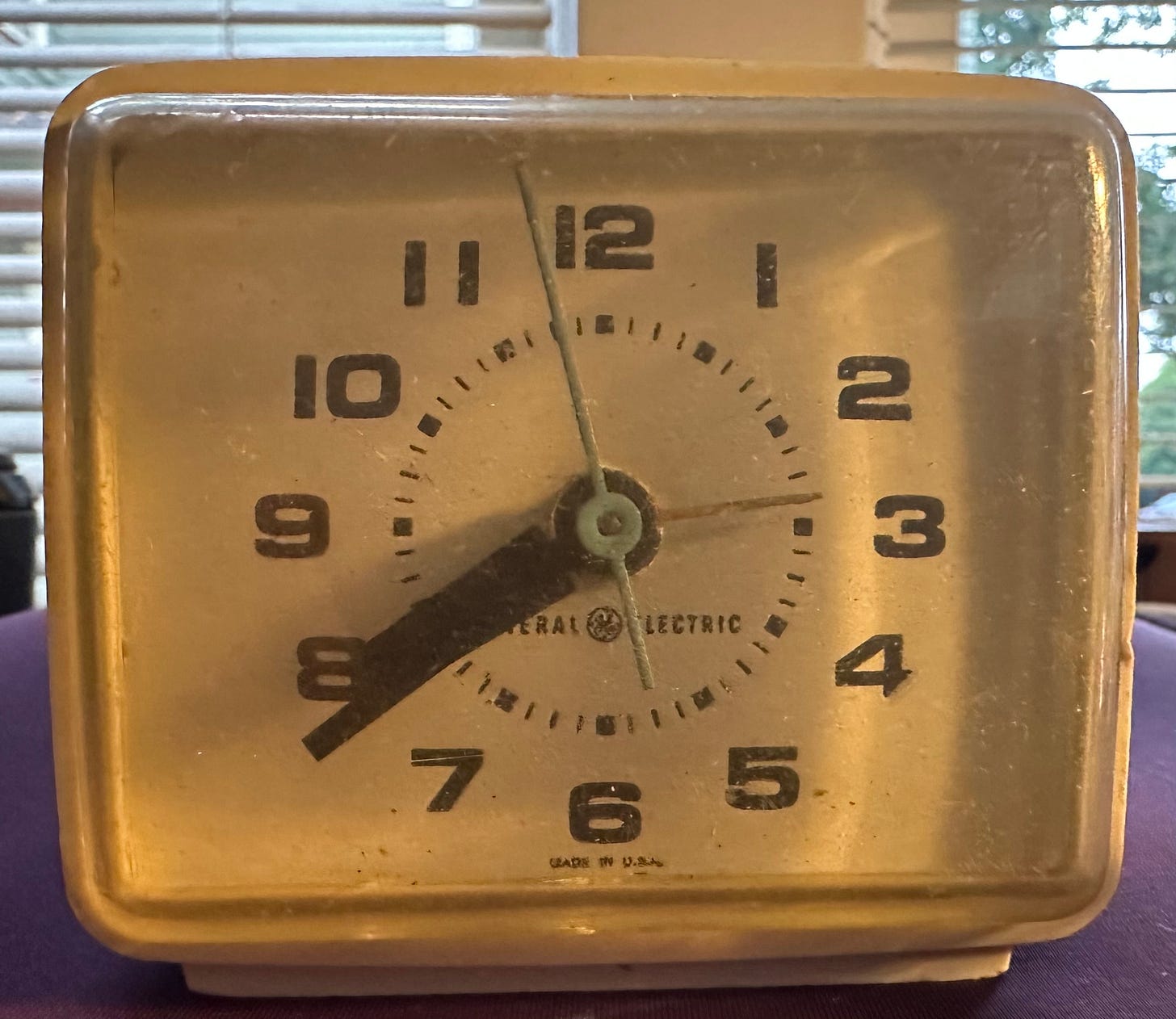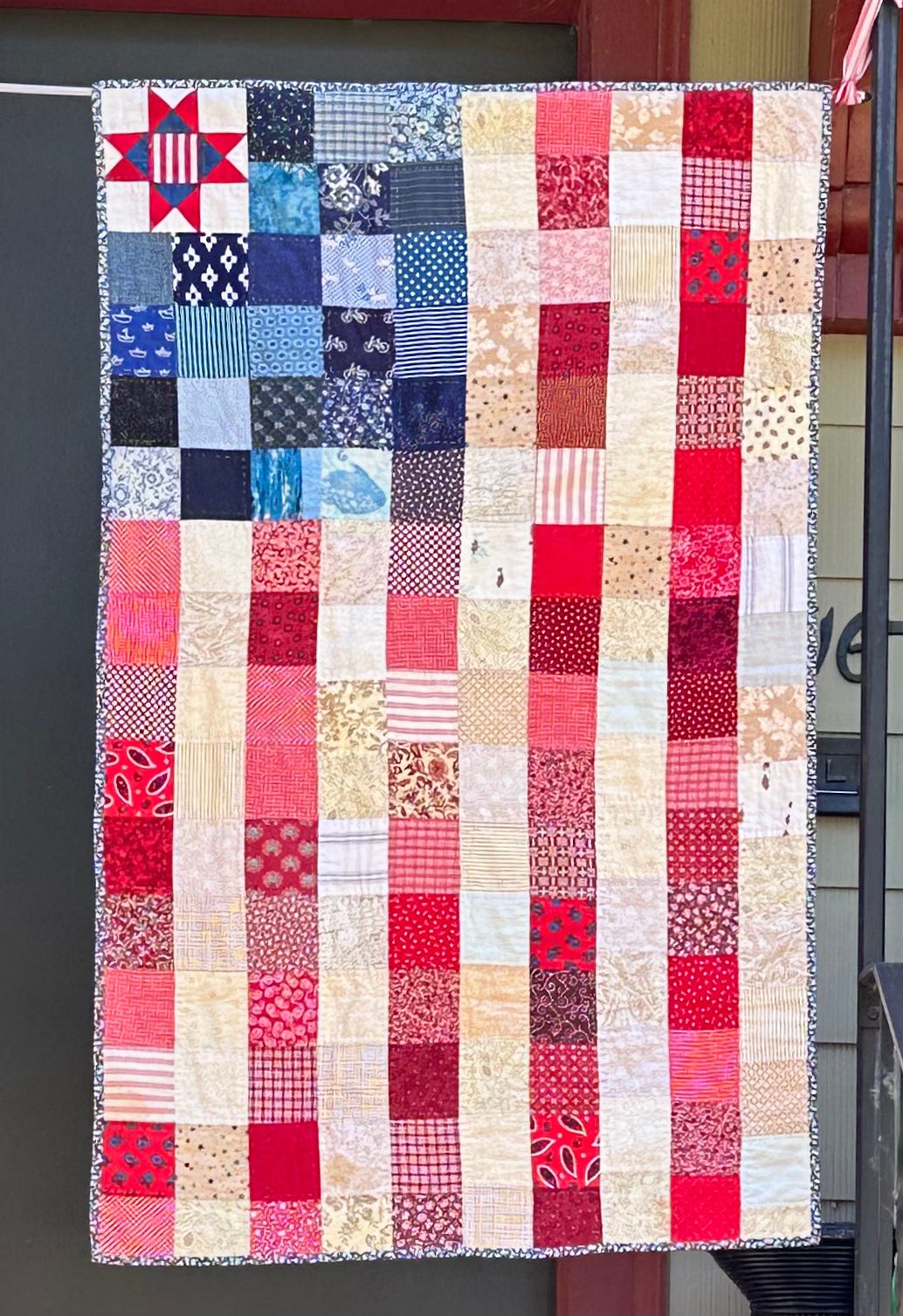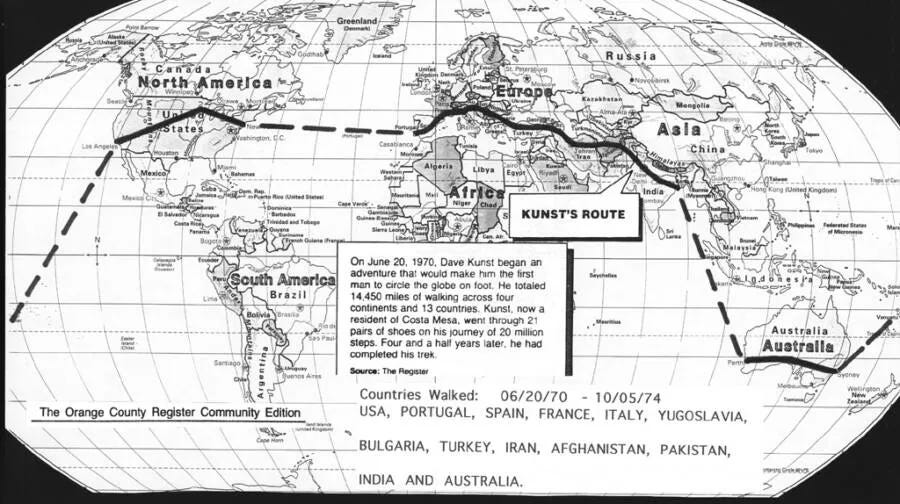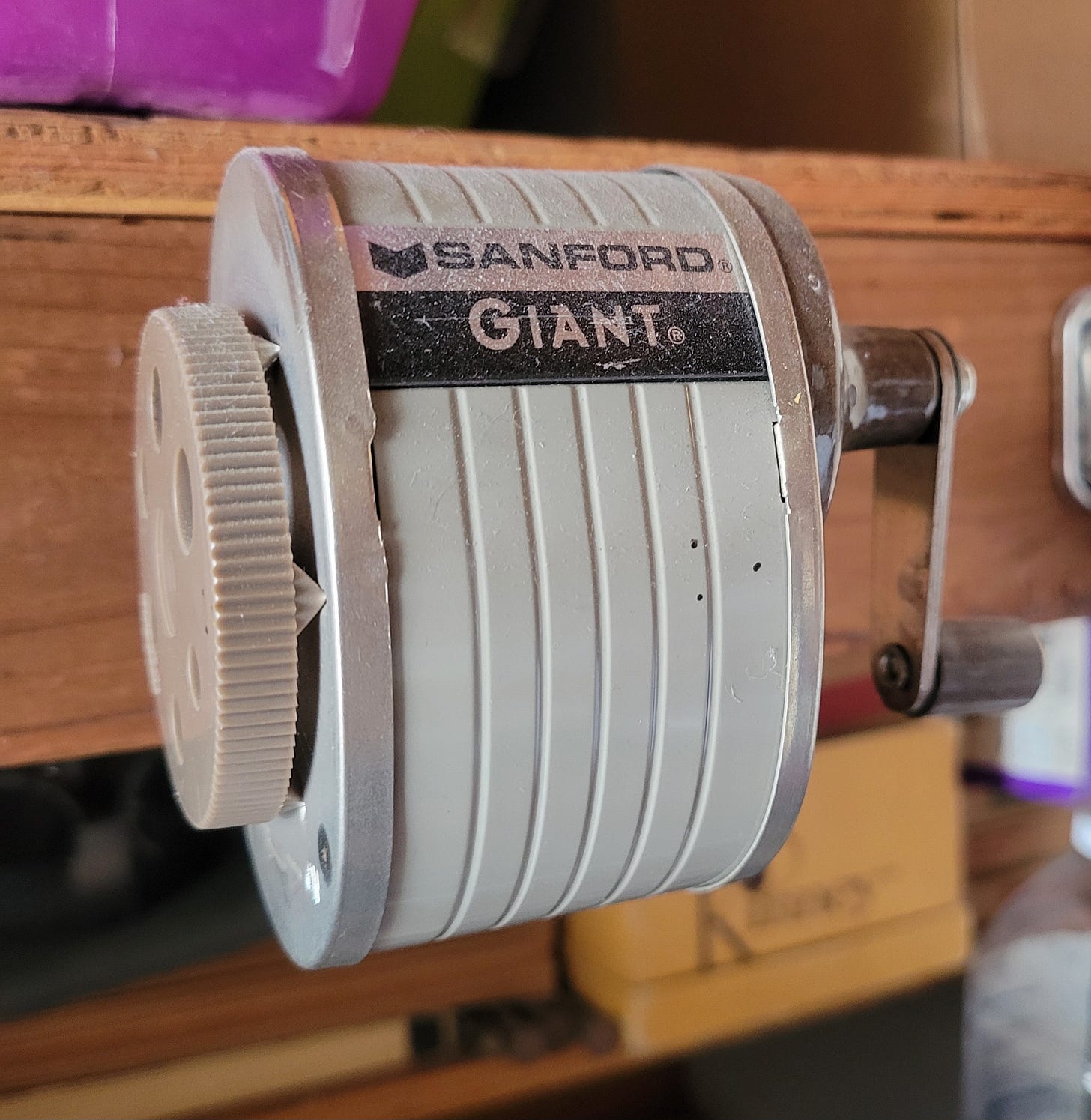Check in
Fourth of July
It’s been 249 years since the Declaration of Independence was signed on July 4, 1776. There’s a big holiday next Friday commemorating that historic event.
I wonder what the Founding Fathers would think of where we are in this country now.
I rode a MAX train downtown during the June 14 protests with a Unitarian. We were talking about states passing laws to require posting the 10 Commandments in classrooms. Those are from the Hebrew Testament. My friend proposes posting the Beatitudes as well. These are the radical words of Jesus’s Sermon on the Mount, beginning with “Blessed are the poor in spirit.”
Freedom from religion
Many of the founders of our country were deists, freemasons and free thinkers. So they kept freedom of religion at the head of the line—the first freedom detailed in the First Amendment of the Constitution—“Congress shall make no law respecting an establishment of religion, or prohibiting the free exercise thereof.” What would they think of today’s “Christian nationalists,” who are pushing for a theocracy based on supposedly Judeo-Christian values.
Here is the entire amendment:
Congress shall make no law respecting an establishment of religion, or prohibiting the free exercise thereof; or abridging the freedom of speech, or of the press; or the right of the people peaceably to assemble, and to petition the government for a redress of grievances.
As the holiday approaches, think about those First Amendment freedoms—there are five of them, and hardly any of us can recite all five off the top of our heads. As we enter the country’s 250th year, keep them close to your heart. To a patriot, there is nothing more important.
Analog life
On July 1, 2025, I will turn 75-1/2. Much of my life, say the first 40 years, until the early 90s, was spent in a different era. That was analog life.

In the mid-80s, the personal computer was so new that many folks didn’t know what to do with it. I did, because I had been typesetting by computer for many years, and I loved how you could correct typos without resorting to Wite-Out.
Here’s a tour of some old technology:
Typewriters
I loved my little portable Olivetti, the one I carried to college in 1969. I loved the tappity-tap of the keys and the ding when you pushed the patten over to type a new line. I was less happy about fixing typing errors with correction tape or Wite-Out. When I got a job doing computer typesetting in about 1972, I was an instant convert.
Index cards
To do research in the past era, you went to the library and opened books. You took notes on 3x5 index cards. A serious project could mean hundreds of cards that were shuffled and consulted. I remember trying to read my handwriting after jotting notes haphazardly.
Photography
You shot photos with a camera, not a phone.
First, you had to arduously learn techniques like F-stops or how to change lenses. Then you loaded a camera with film, shot photos, and sent the film to be processed. You got back photos and negatives or slides.
Early in my journalism career, when I worked for small newspapers, I would set up a little photo studio in the bathroom of my apartment, putting a sheet of plywood over the bathtub where I set the enlarger and the trays of developer and fixer. In the red glow of a safe light I would dodge and burn images to bring out details. I printed on 8x10 photo paper that came in sturdy light-proof boxes.
Fax
Sending images or documents over phone lines was exciting technology in the ’80s. You could receive a communication instantly, without having to wait for it to arrive in the mail.
And the mail used to take days, until 1973, when Federal Express (now FedEx) started offering overnight delivery. I remember the ad slogan: “When it absolutely, positively has to be there overnight.”
The first fax paper was horrible to handle, with a chemical coating that made your fingernails crawl. By the time plain-paper faxes were available, email was already pushing the technology out of the way.
Xerox
Xerography, which blossomed in the ’70s, finally made it possible to copy information without resorting to index cards. Before computer printers with scanners and copiers built in were available, you had to go to a library or a drug store and pay 5 or 10 cents a page to copy things.
Telephones and directories
The iPhone came out in 2008. Before that, cell phones were big and clunky. Before that, your phone was a unit plugged into the phone lines in the walls of your house. If you were away from home and someone called, you were SOL. Answering machines weren’t common till the ’80s. And you never knew who was calling until you picked up the receiver. No caller ID until the 1990s.
Everyone in town was listed in the phone book, with a phone number and address. At The Oregonian, we had shelves of directories from cities all over the country. Bulging Rolodexes contained the numbers of contacts like government officials and what we then called spokesmen but now refer to as spokespeople.
Microfilm
Time was when back issues of newspapers and magazines were available on microfilm. You sat in an uncomfortable chair in a dark cubicle at a library and inserted a roll of film into a big, clunky reader. I got motion sickness from trying to watch the pages as I scrolled by turning a handle. The images always seemed to be out of focus.
Other anachronisms
Interested in a topic or a hobby? You might subscribe to a newsletter, arduously mimeographed by its creator and sent to you through the mail.
Looking for a used or out-of-print book? Certain librarian types circulated lists of available books. They would advertise their book-finding services in the classifieds of magazines.
Need to settle a bar bet? You couldn’t just whip out the cell phone and look it up. No, you had to call someone who might know the answer. When I worked for the Ashland Daily Tidings in the mid-70s, I’d often get phone calls with questions ranging from the population of Ashland to who won the 1960 World Series.
I couldn’t answer most sports questions: If you needed sports statistics, there were books you could consult. Of course, they had to be updated and republished regularly.
Other books and guides that had to be updated: almanacs and guides to countries, cities, restaurants or films.
Encyclopedias
Many middle-class households had encyclopedia sets. If you were well-off, that might be Britannica. Most settled for The World Book. My family had The Book of Knowledge, where articles were arranged by topic and you needed to use the index volume to find what you needed.
In my home, I keep The Random House Encyclopedia open on a tabletop, turning the pages from time to time to keep them from getting dusty. This wonderful 2,912-page tome, replete with gorgeous photos and graphics, had become a dinosaur by the time the third edition was published in 1990.
Goodbye to all that
In some ways I miss the analog life, but in other ways I do not. I used to ache for all sorts of information, and now I can scratch that itch without hardly thinking about it.
But, oh, the distractions! It is so hard to keep our thoughts straight. The endless clicking on links, burrowing through site after site, following ideas and our own curiosity.
We scratch that itch and relief may come, but it’s short-lived. The complexity, the weight of knowledge, the little storehouses of facts, pull us ever onward toward a horizon we will never reach.
Poetry break
Blots and Blotches
Blots and blotches limit our vision, Obscuring what we would see: Clouds around the moon, Vaseline on a camera lens. Gauze of a wedding veil, Ink stains on my fingers, Paint splattered on the floor When a playful cat jars my arm. We seek blessing in being unclouded, Resting our minds for a moment, Pushing our thoughts into dreams— Dreams, where memories tell lies. Blot out the moon, ask forgiveness For all the ills of our time. When will the blotches be cleansed? Never. There will always be blots.
Up and running
The Half Marathoner, Terrell Johnson, posted a video on his Substack about Alex Rongstad, a runner who decided to run every street in his hometown of Eau Claire, Wis. It took him about six months to run 3,378 miles down 1,468 streets.
Running is supremely solitary pursuit, but Rongstad’s project turned out to be about connection and community. Other runners, friends and strangers, joined him from time to time. As he ran mile after mile, he wove strands of connection to the streets and the people of the city he loves. “It made me think that literally every person has this connection to where they come from,” he says in the seven-minute video from Wisconsin Public Broadcasting. “You look anywhere and you see connection everywhere.”
Other trekkers
In 2010, a young guy named Matt Green decided to walk every block of every street, path and beach in New York City’s five boroughs. He did it on the cheap, living on $15 a day—lots of rice and beans. He expected the journey to take around two and half years, but it took closer to six years. You can find a video about his project, “The World Before Your Feet,” on Kanopy, a video service you can access free through the public library.
Dave Kunst attempted a greater trek. He is credited with walking around the world in 1972-74. He traveled with one brother, who was killed by a bandit in Afghanistan, then finished up with another brother. He started his trek and ended it in the same place: Waseca, Minnesota. He wrote a book about it, The Man Who Walked Around the World.
Step
Step way back, hold the tether. The kite kicks and bucks, But you are its master, you guide its mission Till it ends in a treetop or torn on a wire. Hold tight to the tether of life, Even as it kicks and bucks. You know your own strength; steady your arm. Pull back, punch back, step out of the way. I can’t see clearly, the mist comes upon me. Crystals on my eyelashes, intimations of fire. Embers inside me, burning toward freedom. Step once, step again, make a path for the soul.
Check out
Pink update
A while ago, I wrote about pink. I’ve been waiting for the light to be good to photograph these two buildings at Southeast 26th and Belmont. The one in the foreground is Rukdiew Cafe, an outstanding Thai place.
Library update
I recently posted about the Sumner Library in Minneapolis (Hennepin County Library), which was so important to me as a child. My friend Merle Alexander, who lives in Atlanta but grew up in Boston, sent me a photo of the library that was important to her as a child, the Codman Square branch. It was in the Dorchester neighborhood. The building still stands, but is now a community health center. Some years ago, the library branch was reestablished several blocks away in a modern building.
Pencil sharpener update
A photo I took of a pencil sharpener in the Portland State University library prompted my brother Michael to send me a picture of his. He’s had this sharpener in his garage since the 1980s. Forty-five years! Time slides by.
Till next week
Please click the “like” button if you are so moved. One dollar a week will get you a paid subscription to Becoming, a chance to show your love and approbation. I know, subscriptions add up.
No problem: Your very presence brings me joy, week after week. This is post #150, and each of them has been a gift for me to share with you. I hope you look forward to unwrapping each week’s package.
Another posting will land in your inbox next Saturday. I’m glad I don’t have to mimeo and mail each edition to everyone.
Thank you for everything,
Love, Fran










Great post! At a Freedom Forum event Al Neuharth said he would give $25 to the first person who could recite the first amendment by heart. I was $25 richer that day, and he gave me an autographed copy of his book "Free Spirit."
Re. Your comment about old clocks, a doctor recently asked me to draw a clock face with the hands showing 9:20 PM. I think it’s part of a memory/dementia test. It was hard and I messed up. The doctor commented that it tends to be even harder for younger people because they now rely on digital timers.